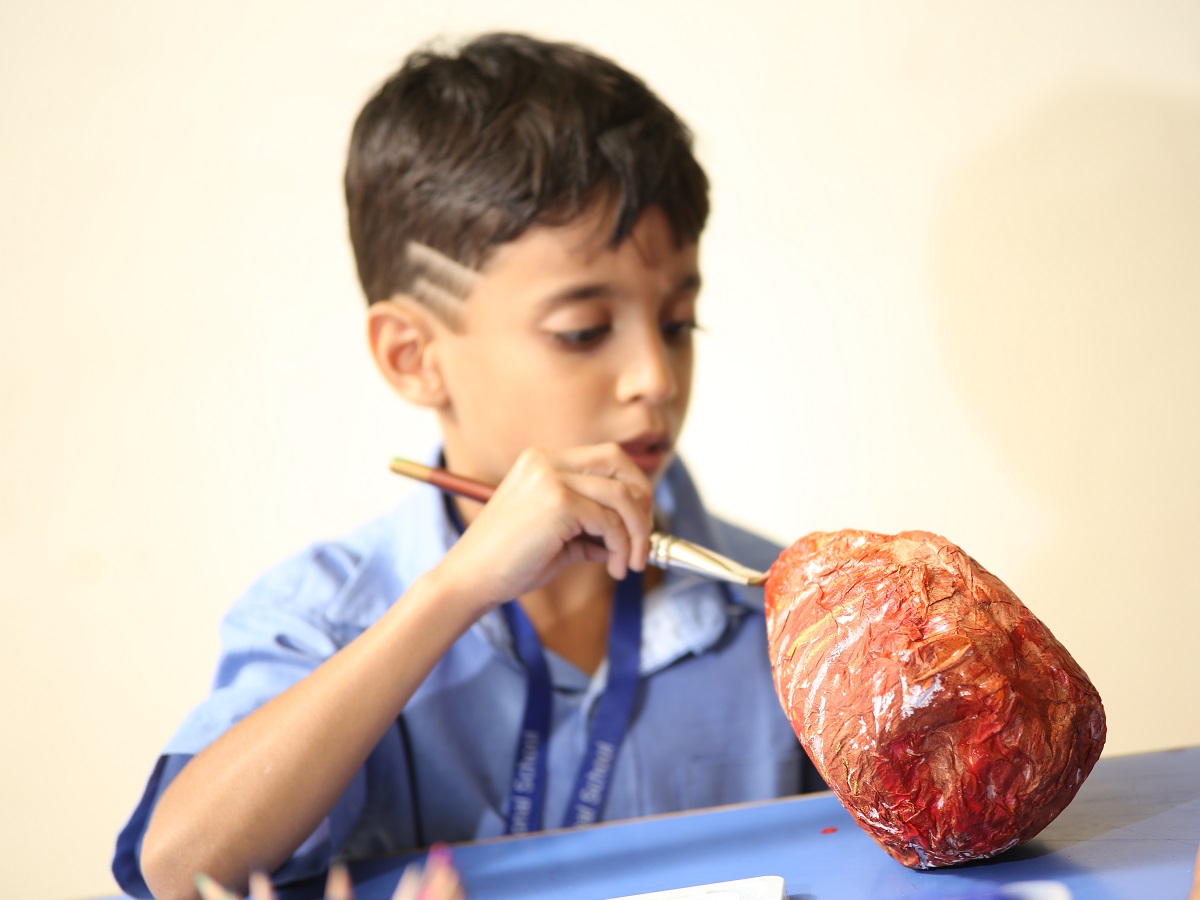Why do young children who create art thrive?
- 21 September 2022

Most of us would have begun our creative journey by drawing a house, mostly a square with a door and a triangle on top. We may not have realized it then, but we were learning to make shapes and things. In addition, we were developing our notion of what a house looks like.
In line with this, children communicate their thoughts and ideas through art, which involves their brain development. When we look closely, we can observe that art supports the growth of their brains, their capacity for problem-solving, and their fine motor skills.
Children benefit from the significant sensory information that art provides them. It aids in their understanding of their surroundings, ability to deal with their usually fearful emotions, and ability to process reality. Apart from that, art has a critical role in education such as it promotes creativity, works as a precursor to writing, and helps them understand the world and connect.
To get kids interested in the creative task, choose a theme that they will enjoy. Something that would inspire them to spend hours or more. It could be a famous cartoon, video game character, universally adored book themes, etc. This allows kids the chance to communicate their emotions in a meaningful, practical, and encouraging way. Making anything on their own gives them satisfaction as well.
There are so many different art activities that need varied interesting art supplies. These days, art supplies come in fun ways such as 3D pens, Calligraphy pens, Syringe highlighters, Colourful cats design gel ink pens, modeling clay, metallic markers, construction paper, scrap paper, collage materials, crayons, colored tissue paper, and Colors in different shapes (there is one type that can be put on the top of the fingers like a fryum), etc.
When your child completes an art piece, encourage them to investigate it and describe the artwork. Keep in mind that young children learn more from the process of making art than they do from the finished piece. Hence, resist the need to critique your child’s artwork but always encourage it.
You might arrange to take them to spots like mountains, lakes, or museums where they can discover and appreciate the visual elements of art. For example, art museums can help understand the various shapes, textures, and dimensions used in the artworks. Through the exploration, children will improve their linguistic, emotional, and social abilities. Asking them about their observations on the artworks will also help to promote critical thinking.
Introducing your kids to various art forms is a wonderful approach to strengthening your family bonds. Your children will be able to observe you being an artist, which will also inspire and motivate them to engage in the artwork. Be it scribble art, watercolor paintings, or any other artwork, facilitate communication and bonding between you both.
At Oakridge, we offer students to learn art forms such as painting, drawing, printmaking, sculpture, ceramics, design, crafts architecture, etc. ‘Visual Arts’ is one of the mandatory subjects of the arts education key learning area. Visit our website to know more about our Visual Arts teaching methodology at Oakridge.
Expert analysis from Preeti Sahu – Shaping Brands and Inspiring Connections